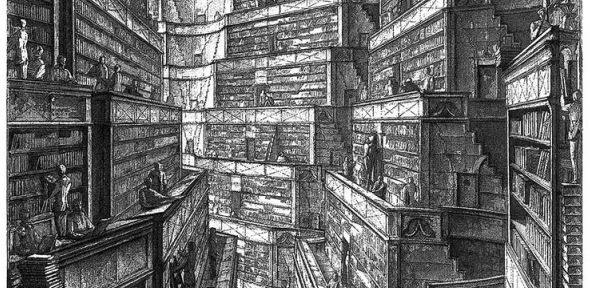No preciso erigir un laberinto, cuando el universo ya lo es. - Jorge Luis Borges, "Abenjacán el Bojarí, muerto en su laberinto"
This paper is available for the academic year 2023-24.
The countries of Latin America are as rich and varied in their culture and historical development as they are in their geography and in the mix of peoples that inhabit them. In this second-year paper we offer a snapshot of that rich culture and its turbulent histories, giving you an introduction to some of the most salient and exciting facets of Hispanophone Latin American culture. These include some of the earliest Amerindian and European accounts of the region from the time of the Spanish Conquest, the problems surrounding nation building from the early years of independence from Spain, the persistence of racism and other forms of social exclusion, revolution in Haiti and Mexico, and dictatorship in the Southern Cone and Central America. We also explore some of the competing imaginations of urban culture in the twentieth century as these take form in literature and film in profoundly different regional contexts. Finally, we take you through the metafictional labyrinths spun by internationally-renowned authors such as Jorge Luis Borges, Gabriel García Márquez and others. You are encouraged to read around the history covered in each topic, although the primary emphasis of the paper is cultural (including literature, cinema, and visual arts). You are expected to read texts comparatively, and you are encouraged to relate them to their historical, social and intellectual context.
History is not taught as a separate component, but for many of the topics you are encouraged to set culture within its historical context, and relevant historical background will be given in lectures. Some questions which can be answered with historical methodology: please consult your supervisor if this is of interest to you.
The paper is divided into five topics:
- Foundations, Identity, Difference
- Representing the City
- Labyrinths of Fiction
- Charting Revolution
- Penning the Dictator
See full reading list
Lectures take place on *Tuesdays 3pm* and *Wednesdays 3pm*, so you must keep these times free in your timetable. The full lecture list is available from http://www.timetable.cam.ac.uk/#tripos/mml/IB/spanish.
Students should have 8 supervisions over the year for the paper, as per the Faculty norm. Those studying for the Long Essay option will have their eight supervisions spread over two terms, with the final supervision of each term dedicated to a discussion of their Long Essay plan. Those who will be taking the exam should normally have three supervisions in the first term, another three in the second, and then a final two for revision purposes in the last term.
Each term, there will be lectures on either two or three of the five topics. For each term, Long Essay questions will be set for the topics covered in the lectures that term. All students should have at least one supervision on the first topic (Foundations, Identity, Difference), and they should cover at least three of the remaining four topics in supervisions over the year. Your essays in supervisions should be comparative and discuss at least two texts, as you will be asked to do in the examination and the Long Essay questions.
Assessment for this paper is by 3-hour examination, or by two Long Essays submitted on January 20th 2023 and April 28th 2023.
Dr. Carlos Fonseca |




